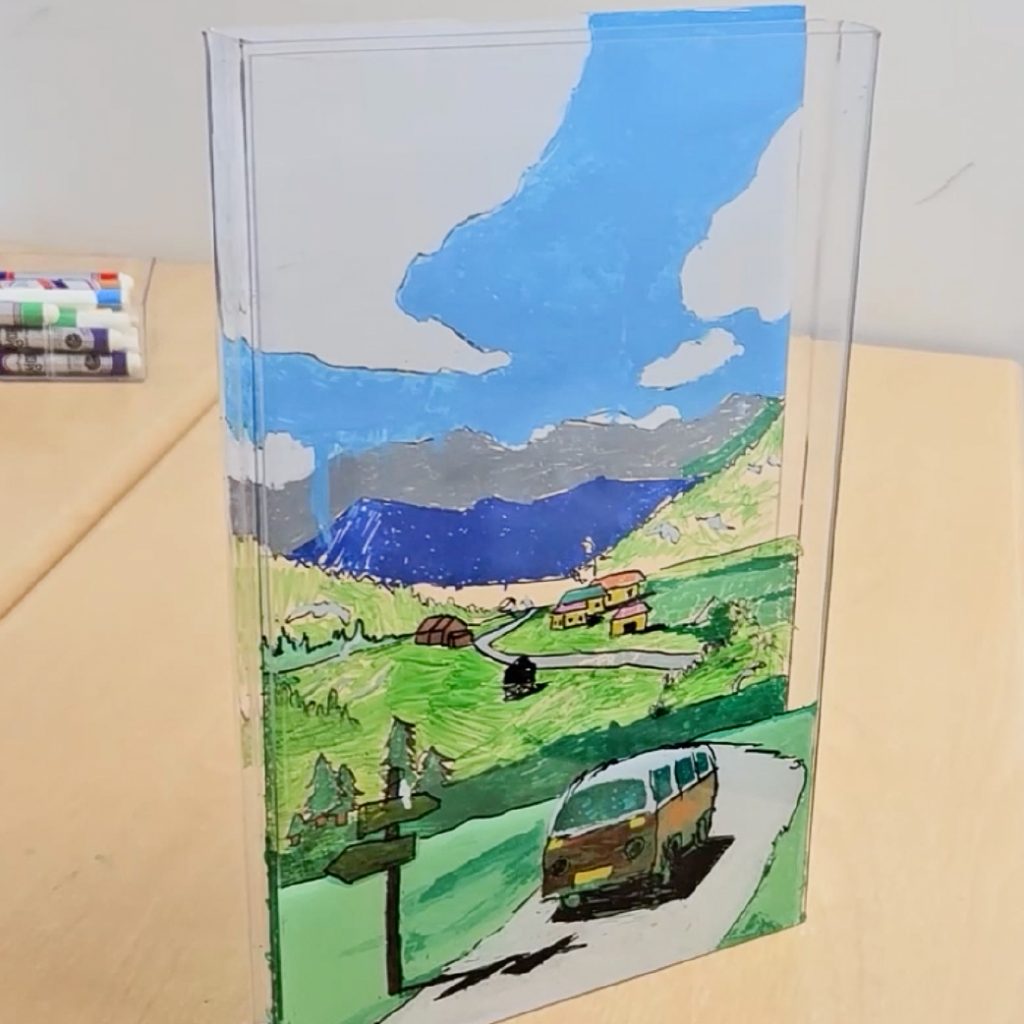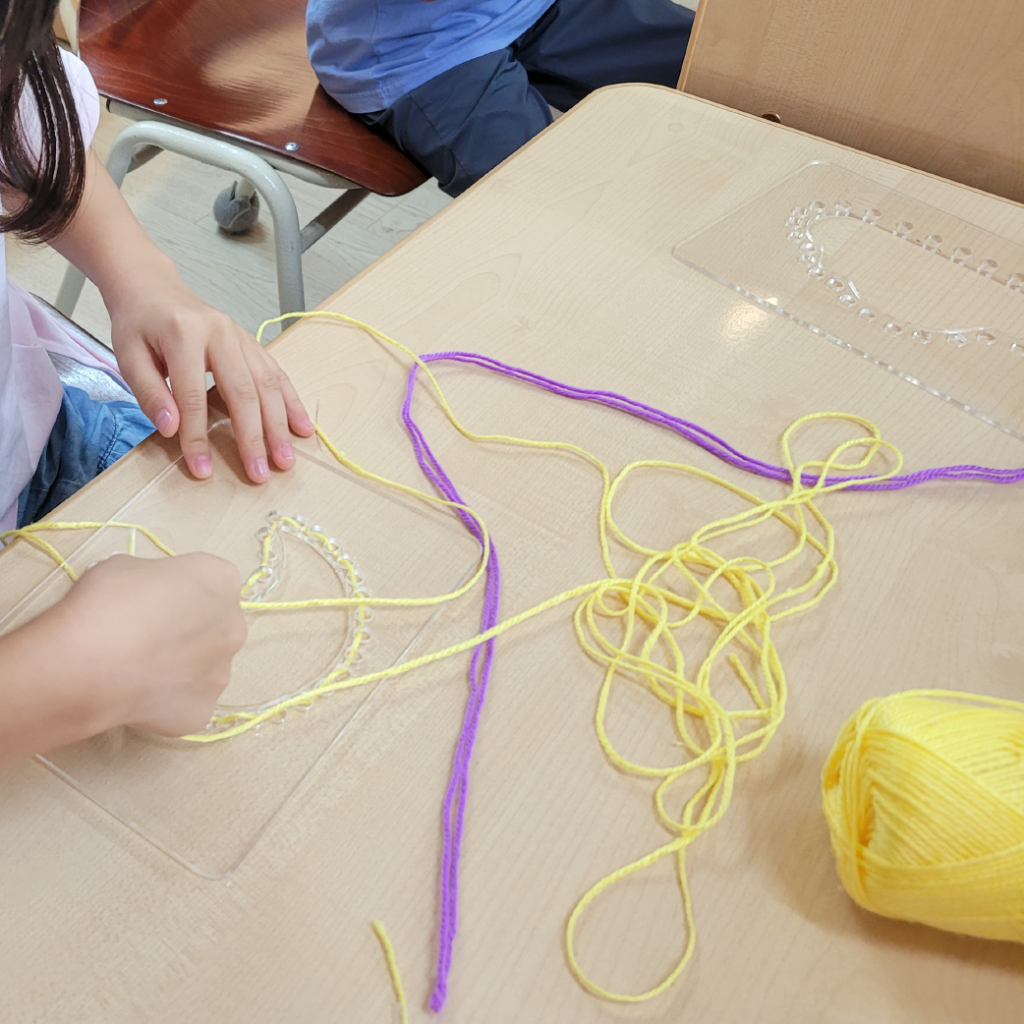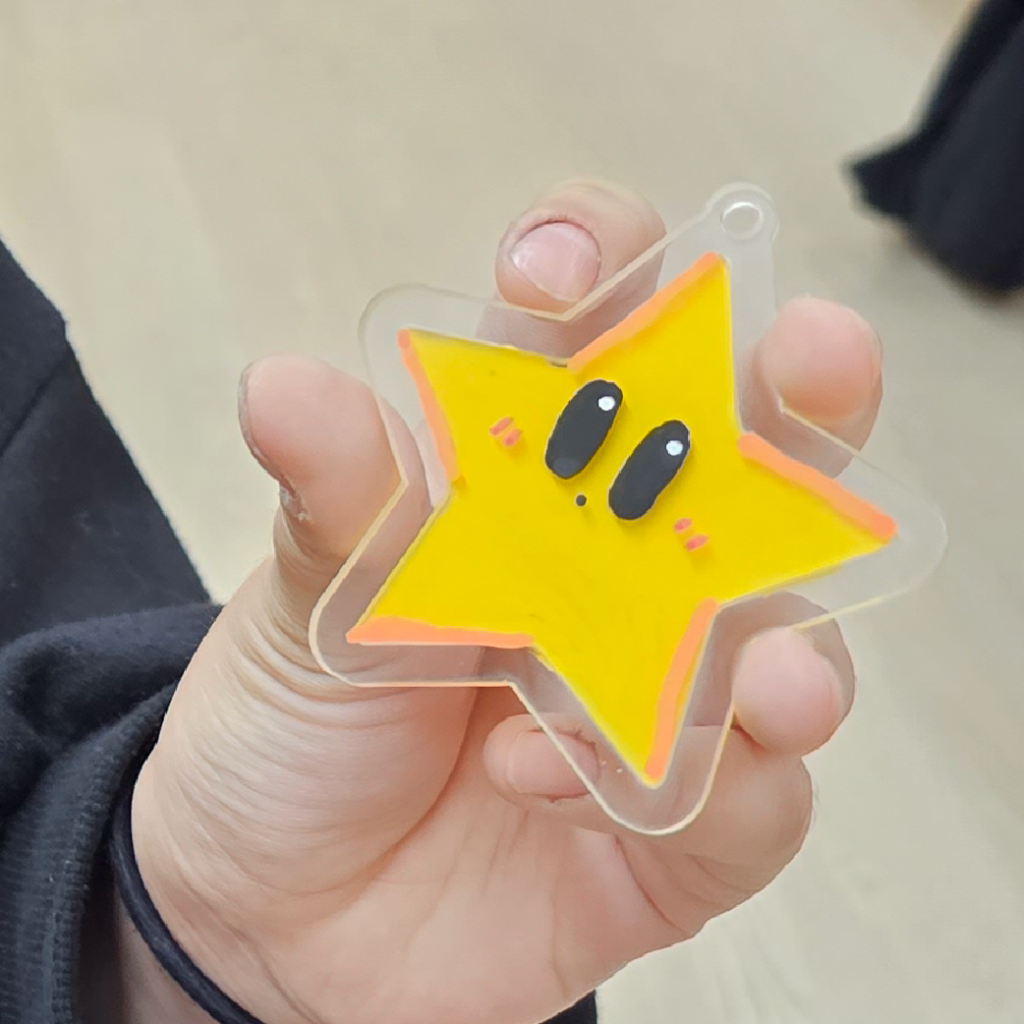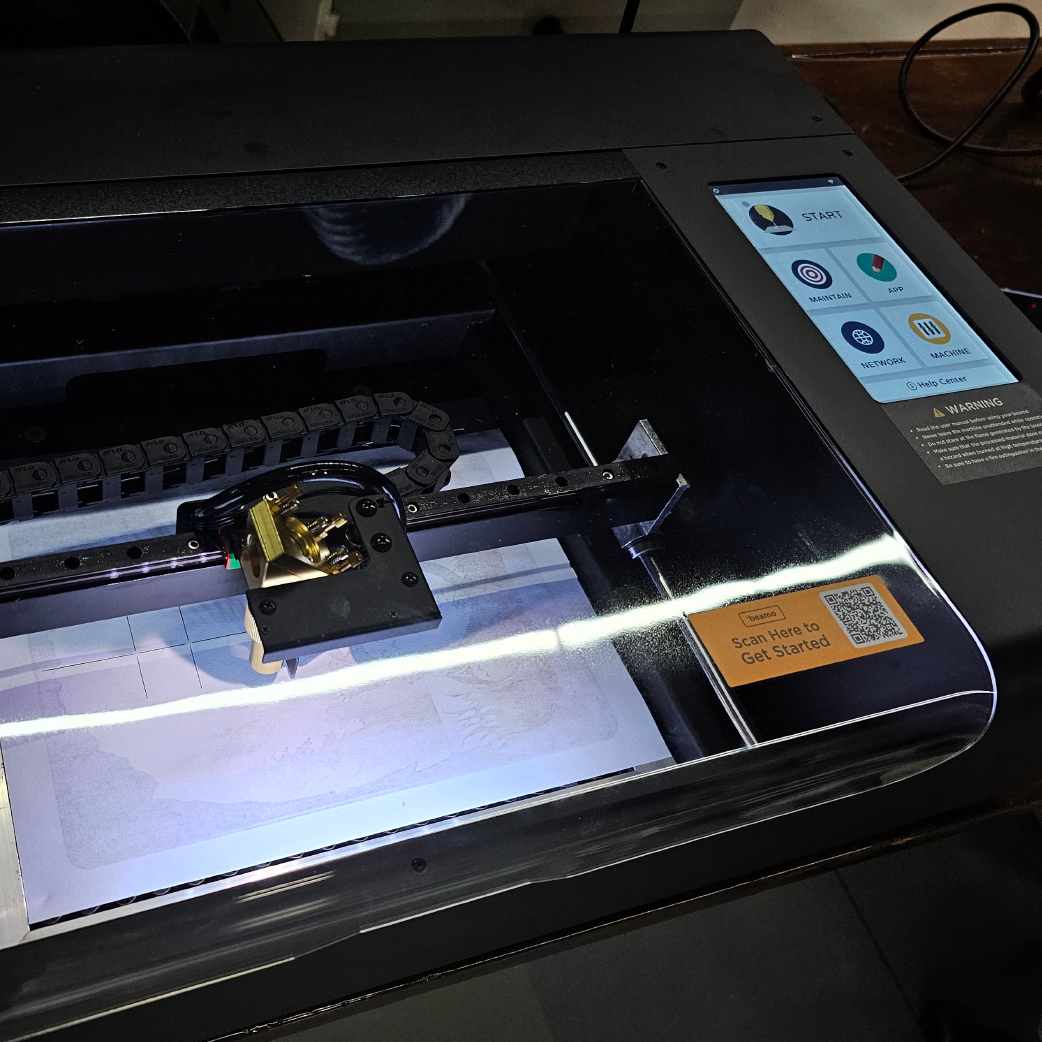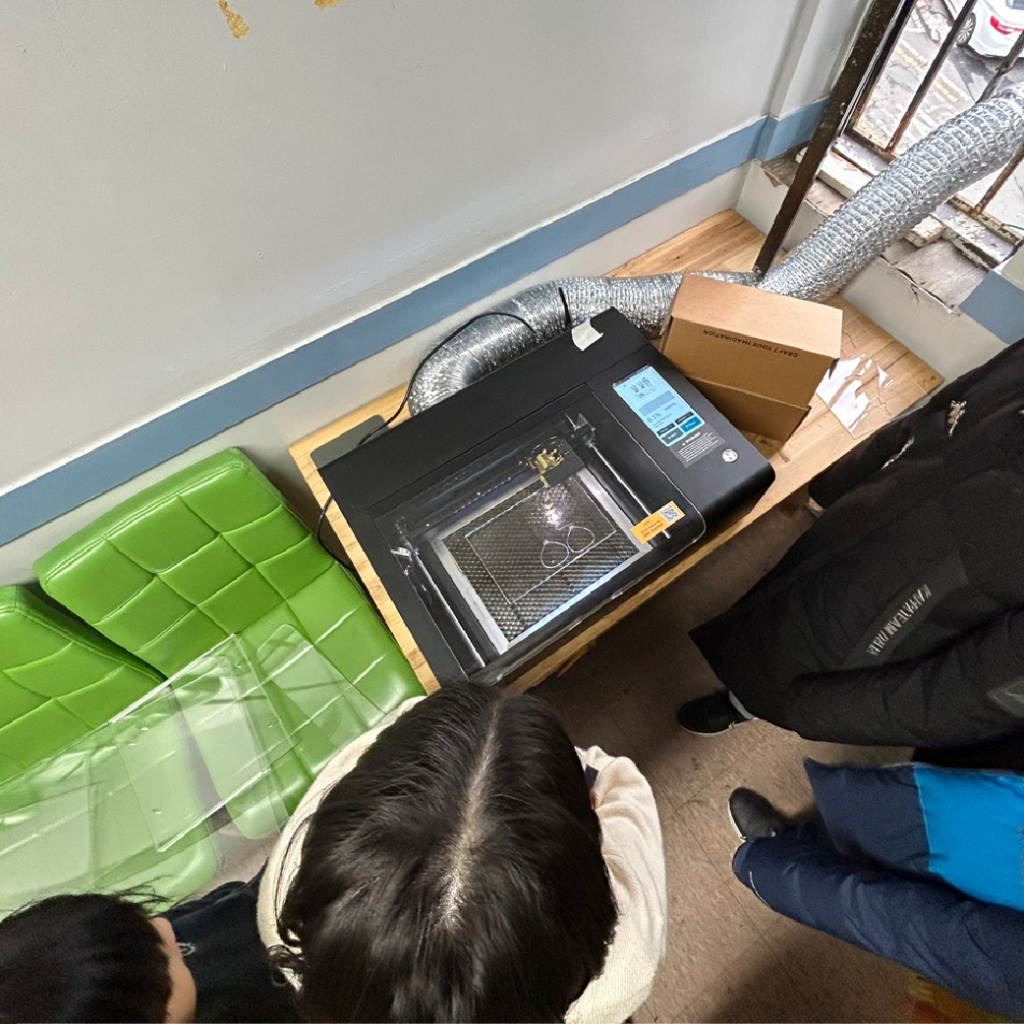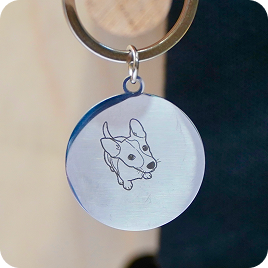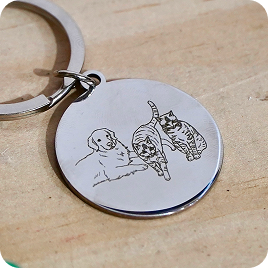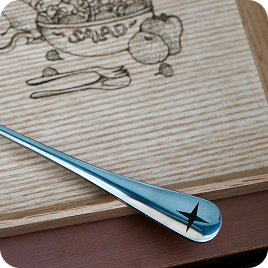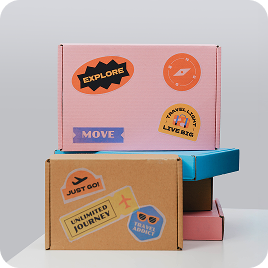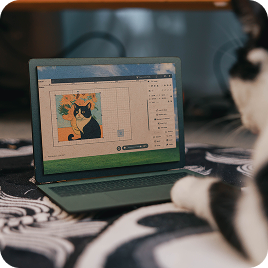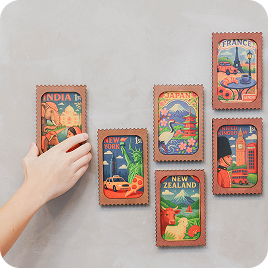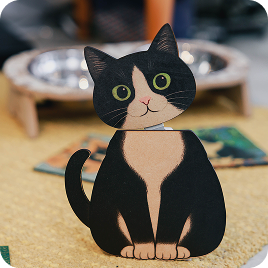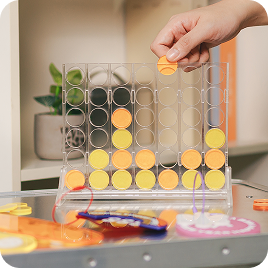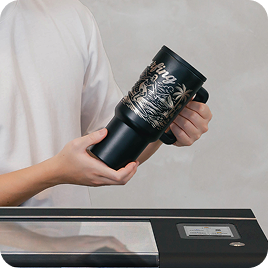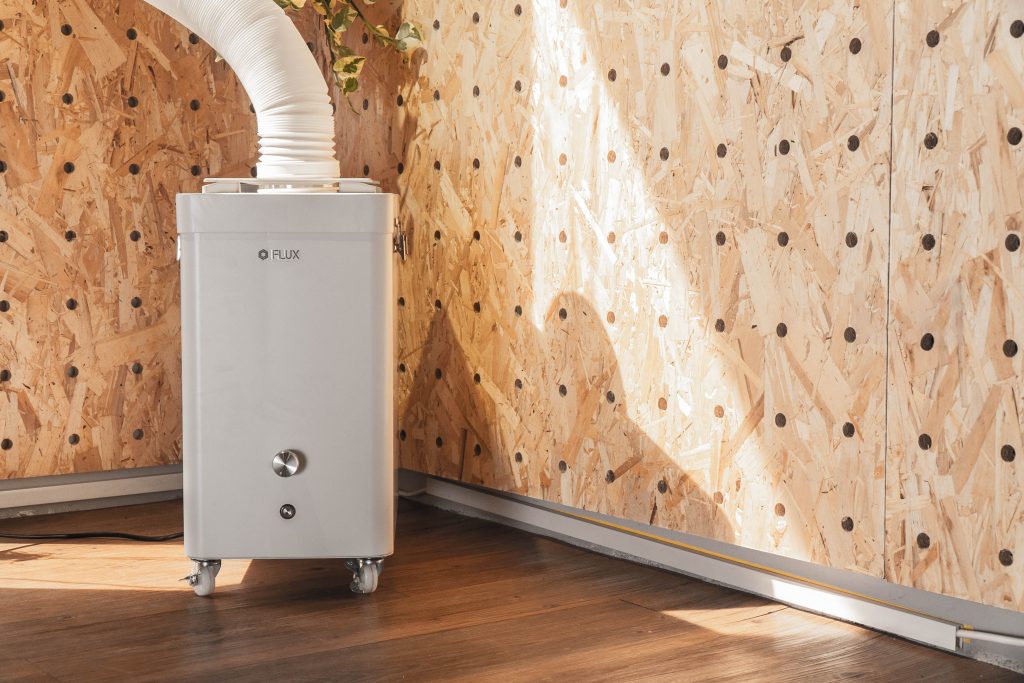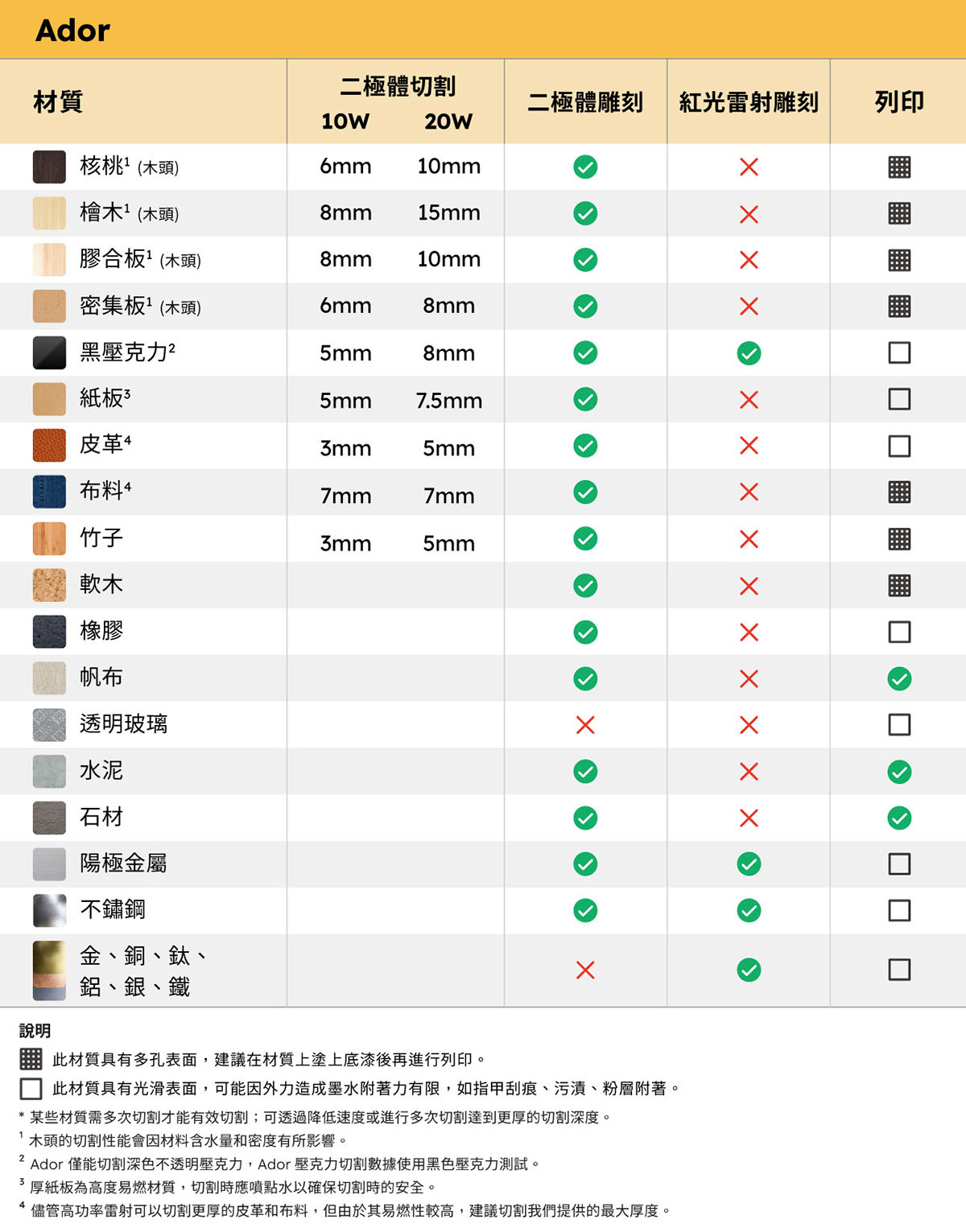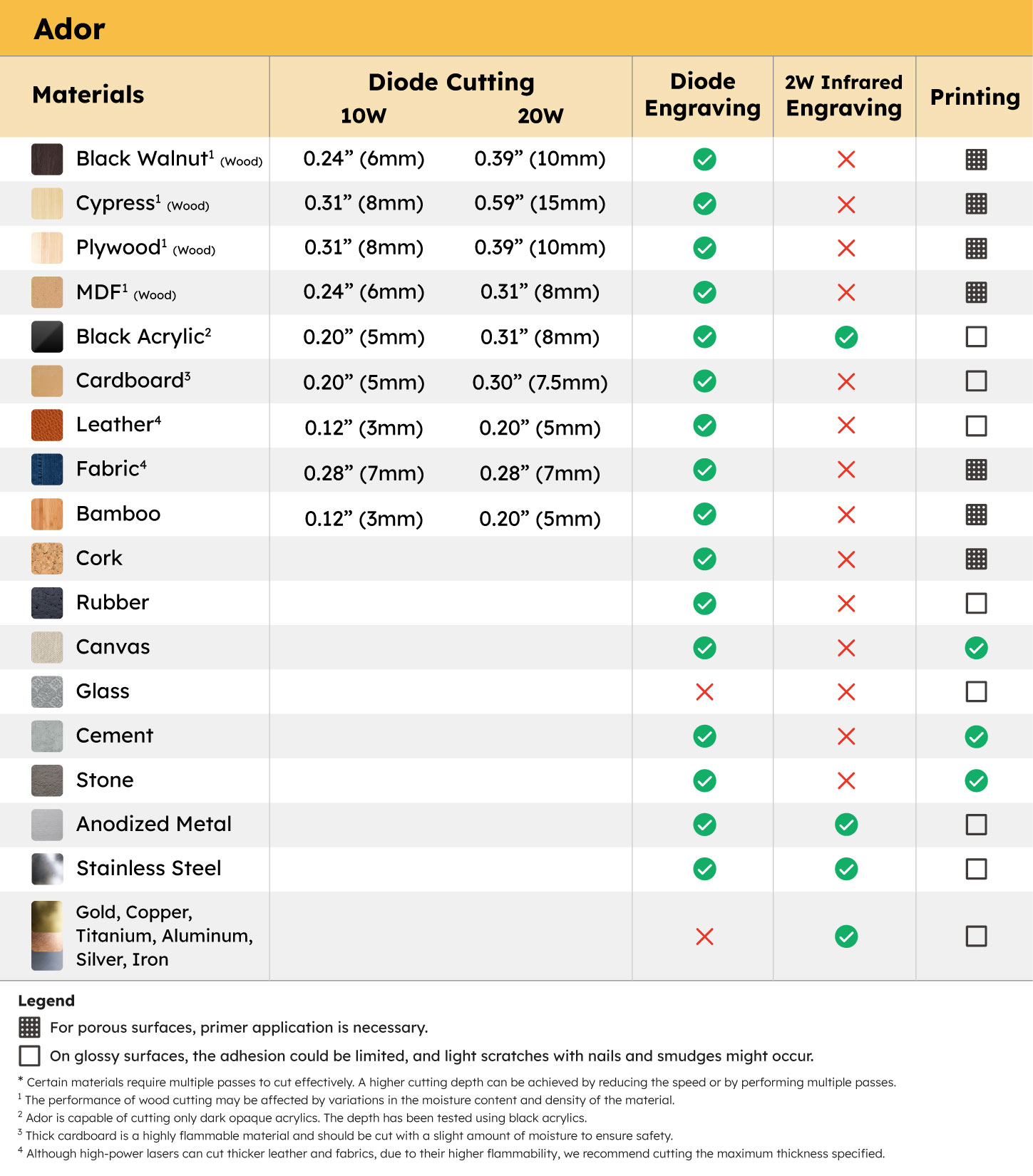Since the global outbreak of COVID-19 in 2019, countries have implemented social distancing restrictions to reduce the transmission rate. Many businesses, in compliance with these policies, have relied on single-use packaging and containers, leading to a surge in demand for plastic tableware and other products during the pandemic. This has resulted in a significant increase in plastic waste. Due to plastic’s affordability and durability, most pandemic prevention products are also made from plastic. By 2021, over 8 million tons of pandemic-related plastic waste had been generated globally. During the pandemic, a large amount of small plastic waste, such as face shields, aprons, protective barriers, and alcohol bottles, was produced. Additionally, to enforce social distancing policies, government units, schools, and other public institutions extensively used protective plastic sheets.
Compared to other pandemic prevention items, protective plastic sheets are more challenging to recycle. Most methods for handling waste acrylic involve melting it down for recycling. However, this process results in significant material loss and produces recycled acrylic of inconsistent quality. Moreover, current equipment and technology are inadequate for effectively processing waste acrylic, and the collection-to-recycling process is time consuming. Students from the Department of Mechanical Engineering at Korea University have found that this recycling method fails to effectively reduce the environmental impact of waste acrylic. They stated, “We should look for ways to maximize the value of discarded acrylic.”
To address the issue of recycling waste acrylic, students from the Department of Mechanical Engineering at Korea University formed a group called Greengrim Team to develop solutions for acrylic recycling. A team member mentioned, “The topic of acrylic recycling has gained a lot of attention. Many people use waste acrylic to make and sell keychains, which not only increases revenue but also seems to address the waste acrylic issue.” However, this method actually consumes only a very small amount of acrylic and does not truly solve the waste problem. They continued, “Our solution is not just about recycling acrylic into a ‘new product,’ but rather creating an ‘activity’ that generates more items from acrylic.” Greengrim Team hopes to tackle the quantity of waste acrylic and promote the concept of upcycling through their “Acrylic Upcycling Program” (아크릴 업사이클링 프로그램) with a series of educational activities, spreading environmental awareness and the importance of sustainable design.
The STEAM curriculum designed by Greengrim Team consists of five courses, aiming to help students understand the issue of acrylic waste in South Korea while creating acrylic artworks. The art projects in the curriculum are all made from waste acrylic. Greengrim Team’s innovative use of upcycled acrylic provides fresh design inspiration for STEAM education. If you are a teacher planning a STEAM curriculum or a creator dealing with waste materials, join us to explore these innovative ideas.
The layered visual art project involves painting on separate acrylic layers, then stacking and fixing them together. Due to the transparency of acrylic, the hand-painted patterns on each layer create a 3D effect when overlapped, transforming flat drawings into 3D decorations. Greengrim Team has incorporated the principles of STEAM education into this project. The process of layering and assembling the acrylic incorporates concepts of layering and arithmetic, aligning with the domains of Science (S), Technology (T), and Mathematics (M). Additionally, as students paint on the acrylic sheets, they enhance their artistic (A) creativity. This course integrates four STEAM subjects, enabling students to apply both hands-on skills and critical thinking while gaining knowledge across various fields.
String art is a Japanese wrapping art form that uses colored yarn to create intricate designs. Typically presented in geometric patterns, the process of creating string art involves mathematical calculations to determine the correct wrapping method, making it an ideal tool for STEAM education. Greengrim Team starts by using a laser cutter to create holes in a transparent acrylic sheet, which students then use to wrap the yarn. This course integrates mathematical calculations, aligning with the Mathematics (M) aspect of STEAM, and also develops students’ aesthetic sense and artistic creativity, fulfilling the Art (A) component.
Greengrim Team developed an automata course using waste acrylic. They create the material kits with a laser cutter, then hand them over to students for painting and assembly. By understanding how automata work and decorating the acrylic, students gain knowledge in four STEAM fields: Science (S), Technology (T), Art (A), and Mathematics (M). The course is engaging, and the finished projects provide students with a sense of accomplishment
For older students, Greengrim Team developed a course on creating acrylic clocks. The process is similar to layered visual art, involving the introduction of layering concepts, clock assembly, and decoration. The acrylic clock course comprehensively cultivates students’ knowledge in Science (S), Technology (T), Engineering (E), Art (A), and Mathematics (M).
What should be done with the acrylic scraps generated during the course? Greengrim Team, committed to maximizing the use of waste materials, guides students in using the beamo laser cutter to turn leftover acrylic into keychains before the course concludes. This activity captures the essence of the Acrylic Upcycling Program: making the most of waste acrylic. It enables students to create their own souvenir keychains while effectively teaching them the environmental principles of upcycling.
Have Greengrim Team’s practical examples inspired you with many upcycling design ideas? The Acrylic Upcycling Program is significant for both education and environmental sustainability. If you are looking for ways to manage the waste generated from laser engraving projects, consider Greengrim Team’s excellent ideas and join the upcycling movement. It allows you to create unique and creative works while also contributing to environmental protection.


